On 6 January 1506, Albrecht Dürer wrote from Venice to his friend Willibald Pirckheimer, who was at home in Nuremberg. The artist had already been in the city for a little while, and like many people who visit Venice he had spent a good deal of time shopping. Pirckheimer had asked him to buy some jewellery for him, ‘a few pearls and precious stones’, and the artist had been looking out for something suitable.
There were, however, difficulties. For one thing, he says: ‘I can find nothing good enough or worth the money; everything is snapped up by the Germans.’ For another, Dürer complained, there were a lot of swindlers around. These ‘always expect four times the value for anything, for they are the falsest knaves’. His Venetian friends had warned him against these traders, telling him that they ‘cheat man and beast, and that you could buy better things for less money at Frankfurt’.
Plus ça change, you might say. More than 500 years later, many visitors to Venice still spend a lot of their time in shops and grumble about the prices. In that, and in much else, Dürer sounds like one of us.
The most extraordinary aspect of his travels — the subject of a forthcoming exhibition at the National Gallery — is that so much information about what he saw, thought and felt has survived. During the 15th and 16th centuries many people roved around, great artists included. Unfortunately, however, we generally know little or nothing about what they saw and did.
In Dürer’s case, it is different. There is a stack of letters from his stay in Venice and also a journal he kept during an extended journey to the Low Countries in 1520–21 (surviving in two copies). As a result, we can not only read about his experiences but also hear his voice — gossipy, amusing, self-confident, a little vain.
Dürer (1471–1528) was the early 16th- century equivalent of Andy Warhol or Gilbert & George: an artist-celebrity with a gift for self-publicity. His peregrination around Flanders had the air of a triumphal progress; when he reached Antwerp on 5 August 1520 he was immediately invited to dine at the painters’ guild as guest of honour. ‘And when I was taken to the table, the people stood on both sides, as if they would guide a noble lord.’ He was equally gratified by the quality of the food provided and the opulence of the silver plate.
Earlier, in Venice in 1506, Dürer had been pleased by the high status he was granted as a famous artist, noting with satisfaction: ‘Here I am a gentleman, at home I am only a parasite.’ The altarpiece he painted for the church of San Bartolomeo, ‘Madonna of the Rose Garlands’, was regarded as one of a handful of must-see sights in the city throughout the 16th century. When it was finished, Doge Leonardo Loredan, no less, came to view it.
His account of the contemporary Venetian art world is intriguing, although from the point of view of posterity it is a shame that he mentions so few names. ‘I have many good friends among the Italians,’ Dürer told Pirckheimer, ‘who warn me not to eat and drink with their painters, for many of them are my enemies.’ But who were these artists, who apparently might have sprinkled arsenic in his food? Carpaccio? Giorgione? The reader would like to know.
The only rival he singles out is Giovanni Bellini, with whom he was on highly cordial terms (‘everyone tells me what an upright man he is, so that I am really friendly with him’). Bellini paid him a visit, commissioned a picture and was prepared to ‘pay well’ for it. The only surviving snatch of their conversation was, as you might expect of two great painters encountering one another, about technique. Bellini wanted to know whether Dürer used special brushes to paint strands of hair as finely as he did.
Dürer took to the road for business reasons: to sell his prints, establish his brand and widen his market. The ostensible purpose of the 1520 journey was to make sure the new emperor, Charles V, carried on paying a pension his predecessor had granted the artist. But Dürer was also something unexpectedly modern: a tourist.
In Bruges, he saw Michelangelo’s marble Madonna, in Ghent he visited the altarpiece by Jan and Hubert van Eyck, which he thought ‘an exquisite, highly knowledgeable painting’. This tells us that, so far as he was concerned, quite apart from their sacred subjects, such works were interesting as works of art. Moreover, it was not only European paintings that caught his eye.
In Brussels, in August 1520, Dürer was hugely impressed by a display of Aztec artefacts brought from the newly conquered territory of Mexico or, as he called it, ‘the new golden land’.
Dürer describes ‘a sun all of gold, an arm span wide, likewise an all-silver moon, also of the same size, likewise two rooms full of equipment of their kind, likewise all kinds of their weapons’.
And, in modern terms, he gave it a rave review: ‘In all the days of my life I have seen nothing that gladdened my heart so much as these things. Because I saw amongst them wonderfully artistic things, and I wondered at the subtle ingeniousness of the humans in strange lands.’ Thus, to him the ancient Mexican craftsmen were not so much devilish heathens as gifted fellow artists.
His omnivorous curiosity extended to the natural world. In December 1520 Dürer travelled for six days to see the remains of a whale that had been washed up on the coast of Zeeland. But when he arrived, he discovered ‘the Fortuna’ — in this case, his bad luck — had washed it away (this incident was the point of departure for Philip Hoare’s book Albert and the Whale).
Of course Dürer often made pictures of what he saw, some of which will be on show at the National Gallery. While in Ghent in the spring of 1521 Dürer went to the zoo, saw the lions that lived there and made four drawings. Although he had depicted lions before, sitting at the feet of St Jerome for example, these were probably the first live ones he had seen. In this case the pictures are much more eloquent than the terse note he jotted down: ‘Next I saw the lions and drew one with the silverpoint.’
Another trait of Dürer’s that seems contemporary was an urge to self-improvement. He was a dedicated follower of fashion. In his letters to Pirckheimer there is a good deal of banter and boasting about his new Venetian mantle; and he even seems to be wearing it in the altarpiece he painted.
In Venice, Dürer also confided, he ‘set to work to learn dancing and went twice to the school, for which I had to pay the master a ducat’. This effort, presumably to pick up some fashionable, courtly steps, did not turn out well. If he’d carried on, the artist complained, it would have cost everything he’d earned from his pictures. And in the end, he would still have been no good. ‘No one could get me to go there again.’ It’s hard to blame him. There are limits to even the most energetic traveller’s stamina.
Got something to add? Join the discussion and comment below.
Get 10 issues for just $10
Subscribe to The Spectator Australia today for the next 10 magazine issues, plus full online access, for just $10.
Dürer’s Journeys: Travels of a Renaissance Artist is at the National Gallery from 20 November to 27 February 2022.
You might disagree with half of it, but you’ll enjoy reading all of it. Try your first month for free, then just $2 a week for the remainder of your first year.

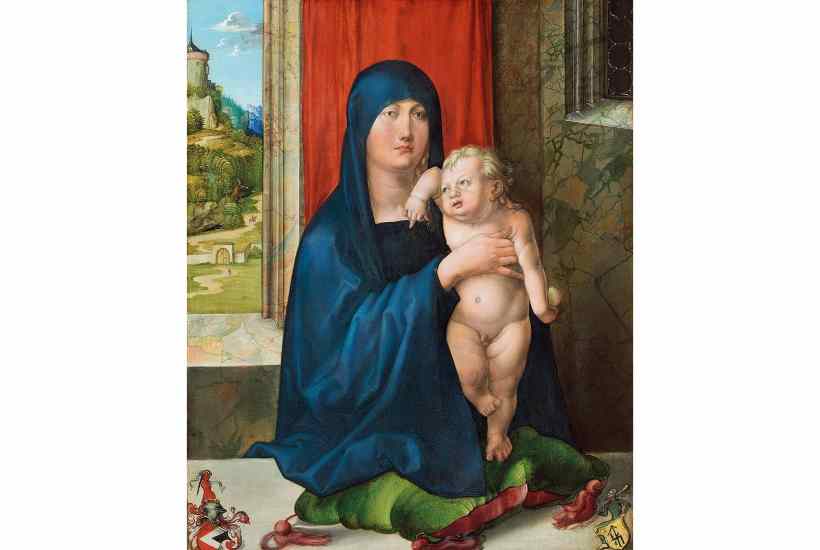
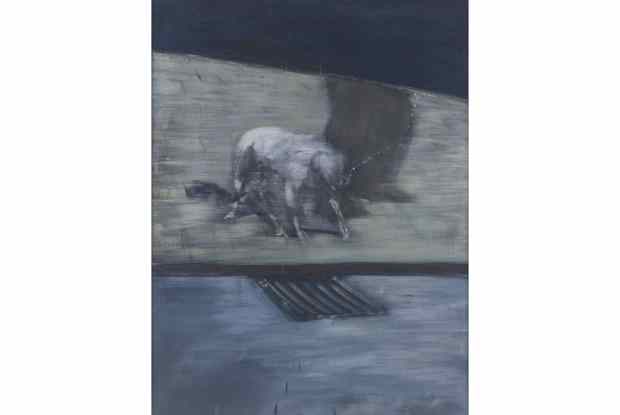
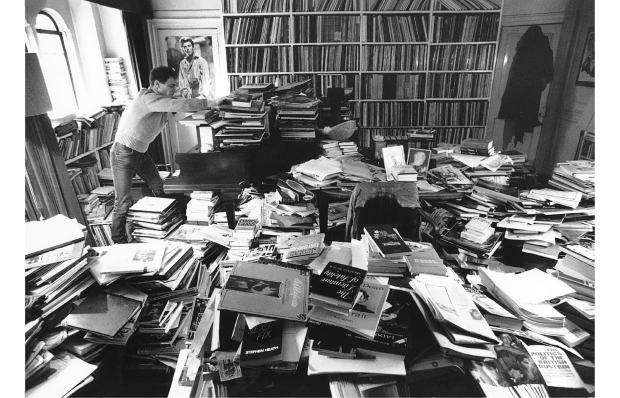
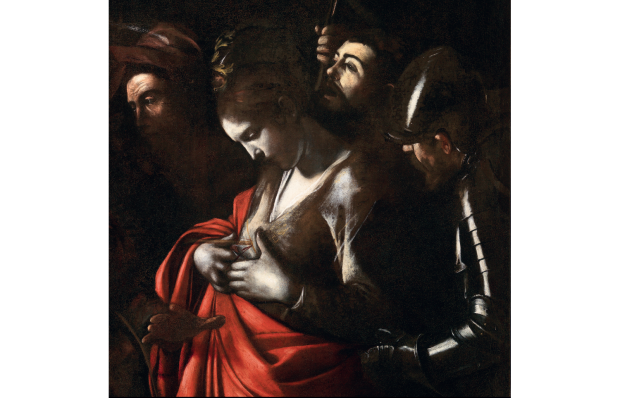

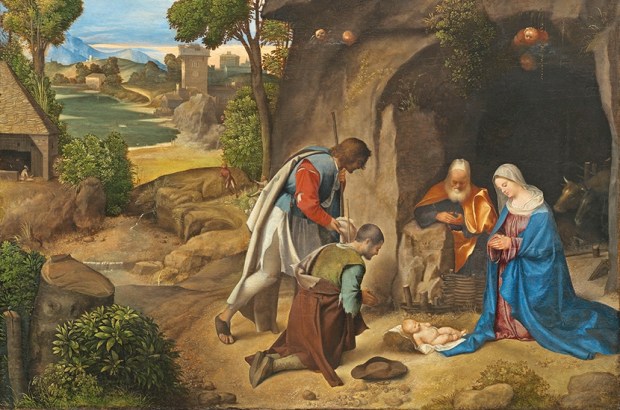







Comments
Don't miss out
Join the conversation with other Spectator Australia readers. Subscribe to leave a comment.
SUBSCRIBEAlready a subscriber? Log in